Main menu
Common skin conditions

NEWS
Join DermNet PRO
Read more
Quick links
Introduction
Demographics
Classification
Predisposing factors
Invasive candidiasis
Diagnosis
Candida is the name for a group of yeasts (yeast is a type of fungus) that commonly infect the skin. The name ‘candida’ refers to the white colour of the organisms in culture. Candidal infection is known as ‘candidiasis’, ‘candidosis’ or ‘moniliasis’ (monilia is also a genus of ascomycete fungi).
Candida depends on a living host for survival. It is a normal inhabitant of the human digestive tract from early infancy, where it lives without causing any disease most of the time. However, if the host's defences are lowered, the organism can cause infection of the mucosa (the lining of the mouth, anus and genitals), the skin, and rarely, deep-seated infection.
The most common Candida (C) species to result in candidiasis is C. albicans. Other non-albicans candida species are:
Candidal skin infections include:
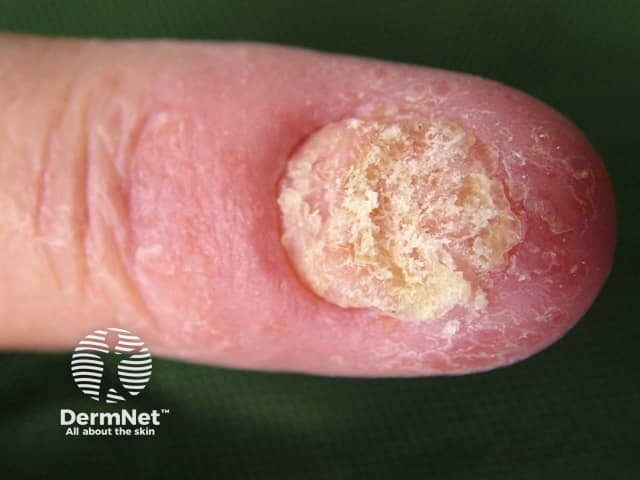
Candidal nail infection
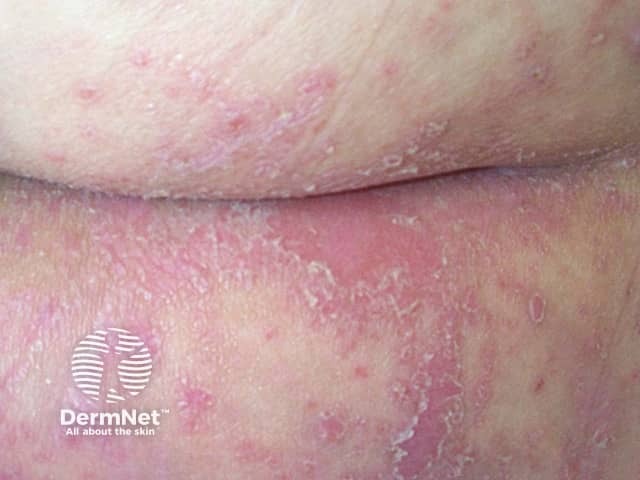
Candida infection
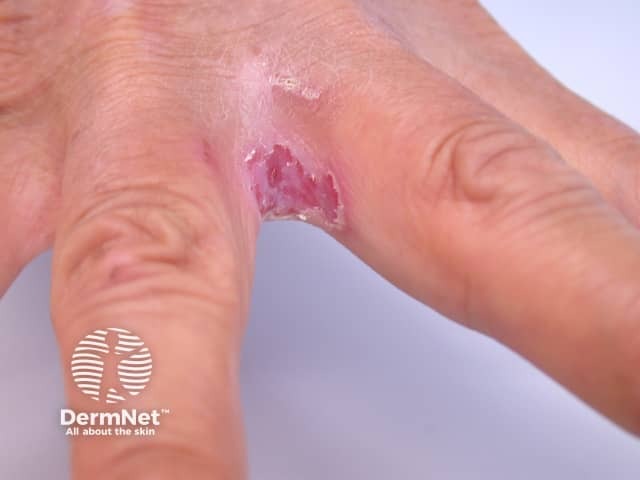
Candida infection
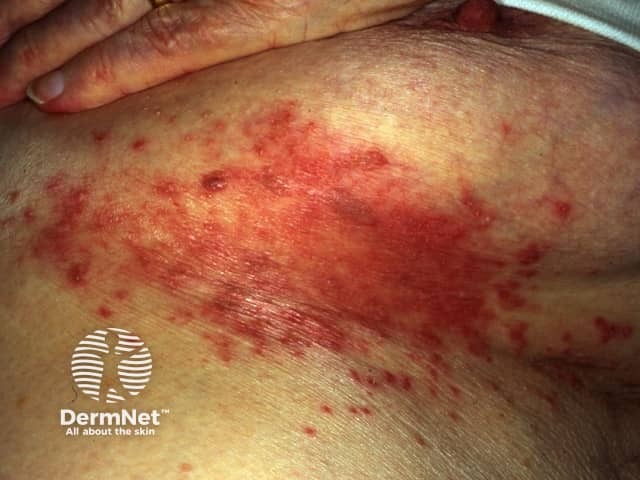
Intertrigo
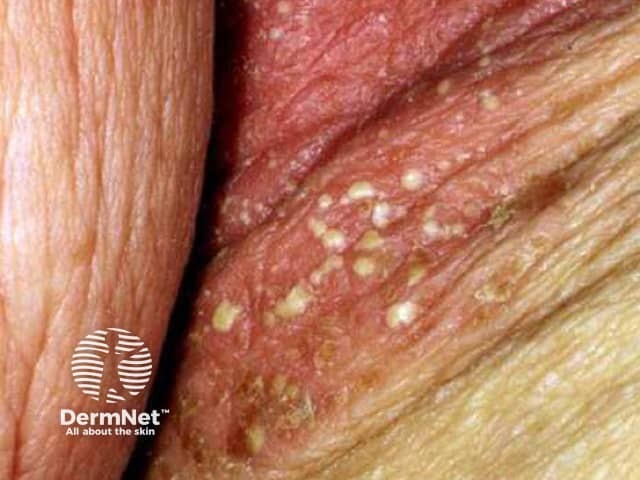
Candida infection

Candida infection
See more images of candida infection.
Cutaneous candidiasis is more likely in the following circumstances:
invasive candidiasis refers to spread of candida through the bloodstream (candidaemia) and infection of heart, brain, eyes, bones, and other tissues. This occurs in patients that are very unwell or that are immune suppressed. The common species of candida are usually found on culture, but sometimes one of about 15 other species are detected, such as:
See Non-albicans candida infections.
Microscopy and culture of skin swabs and scrapings aid in the diagnosis of candidal infections. However, candida can live on a mucosal surface quite harmlessly. It may also secondarily infect an underlying skin disorder such as psoriasis. The results of laboratory tests must be correlated with the clinical presentation.